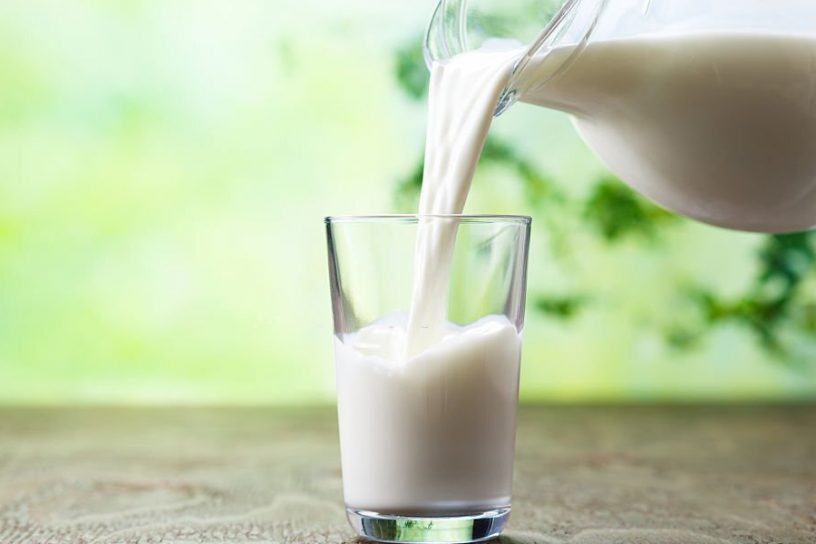
The average annual growth rate of methane emissions from dairy cattle in India is about twice as large as current estimates that do not take into account the economic factors that influence livestock demand.
Authors
Amlan Das Gupta, Associate Professor, Jindal School of Banking and Finance, O.P. Jindal Global University, Sonipat, Haryana, India.
Ridhima Gupta, Faculty of Economics, South Asian University, Chanakyapuri, New Delhi, India.
Summary
Livestock is a significant contributor to global anthropogenic emissions of methane, a short-lived greenhouse gas that is responsible for about 20% of the warming induced by greenhouse gases since pre-industrial times.
India is a major contributor to these emissions, and its demand for livestock products is continually increasing in response to both growths in incomes and in population. We estimate methane emissions from livestock in India by estimating the demand for milk and milk products using countrywide representative consumption data over the period 1983–2012.
We find that the average annual growth rate of methane emissions from dairy cattle is about twice as large (2.4%) as current estimates that do not take into account the economic factors that influence livestock demand.
The difference in growth rates translates to an almost 40% difference in forecasted emissions from dairy cattle by 2050. Our findings suggest that, in a rapidly changing economic environment, current forecasts of greenhouse gas emissions from livestock may inaccurately estimate emissions since they fail to consider the economics governing it.
We also estimate emissions under different scenarios, in terms of milk price trajectories and livestock composition. The changes in price do not alter our results significantly but the transition to crossbred animals in livestock drastically reduces future methane emissions from milk production.
Published in: Climatic Change
To read the full article, please click here.


